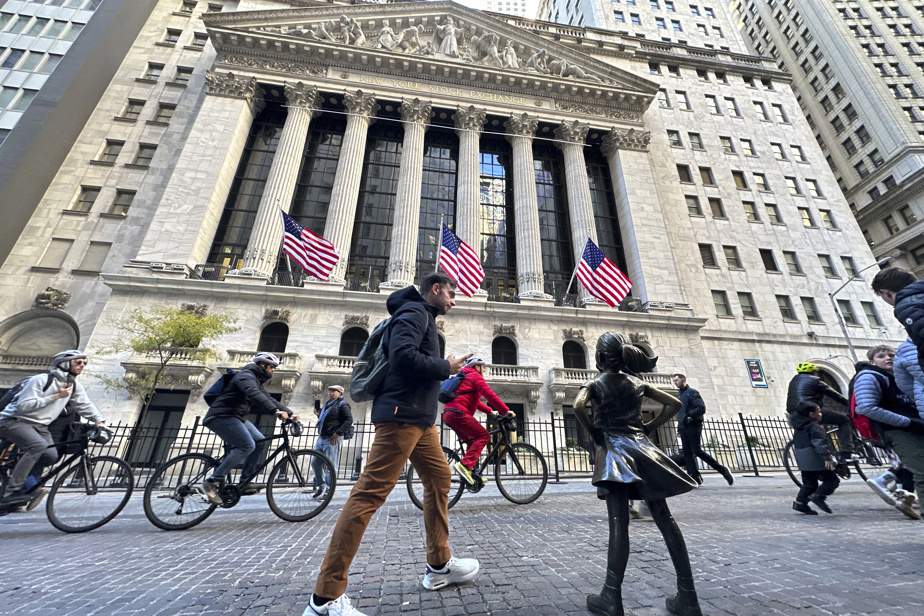Inflation has fallen just about everywhere in the world, enough for central banks to put down their guns and prepare to celebrate their victory by cutting interest rates.
The resurgence of inflation was expected to be transitory. At least that is what the main central banks and many economists believed. By the time global supply chains paralyzed by the pandemic return to normal, prices that were soaring would come back down to earth fairly quickly.
This is not what happened, partly because the war in Ukraine caused grain and energy prices to soar, which were passed on to a multitude of products, and also because the generosity of Government measures to mitigate the impact of the health crisis have fueled consumption of goods and services.
The transition will have been long, but those who bet on a period of transitional inflation seem to have been right.
Almost three years later, in most G20 countries, inflation is close to being brought under control. The damaged credibility of central banks will be strengthened. They were criticized for waiting too long before raising interest rates; they are now accused of wanting to strangle consumers. But monetary policy, which we have not seen in action for decades, is proving that it still works.
We can see the ravages of inflation in countries that deny their central banks, like Turkey.
Currently, in most major economies, central banks are on pause to see if they have done enough to win the fight. For how long, we don’t know, but we know that their next move will be a rate cut.
There are some who are more eager than others to want to lower interest rates. The central bank of Brazil, for example, has already reduced its key rate, one of the highest in the world, four times.
Last week, the European Central Bank left its key rate unchanged, its president Christine Lagarde believing that the time had not yet come to lower the guard, precisely, even if inflation slows.
In England, the central bank left the door open to other rate hikes, as the Bank of Canada had done before it. But even the hyper-cautious governor of the Bank of Canada said last Friday that 2024 will be “a year of transition.”
Caution is required because central banks are going through a critical moment. They do not yet know whether inflation is falling permanently or whether their rate hikes are causing a recession. Both are possible and their credibility is still in the balance.
This is why the Federal Reserve surprised everyone last week by indicating its intention to cut its key rate three, or perhaps four times in 2024. Two weeks earlier, its governor, Jerome Powell, had publicly declared that it was premature to consider a rate cut.
The Fed has raised its benchmark rate 11 times, with the range now at 5.25% to 5.50%, its highest level in 20 years. The American economy has not buckled under the onslaught. It is quite the opposite, the American gross domestic product continues to grow at an astonishing rate.
Elsewhere in the world, economies have slowed considerably, some countries are flirting with recession, but nowhere is it the slaughter feared when the war on inflation began.
Let’s still be a little embarrassed before talking about a miracle and a successful landing.
